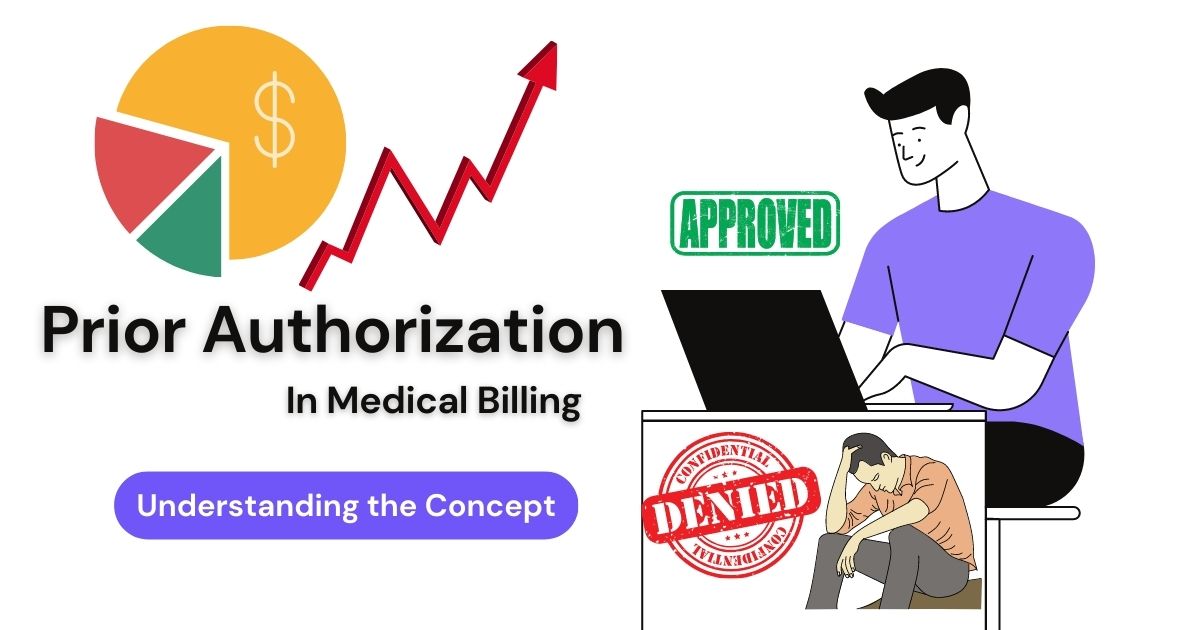When it comes to neck injuries, two terms that are often used interchangeably are neck sprain and neck strain. While these injuries may seem similar, there are actually some key differences between them.

A neck sprain occurs when the ligaments in the neck are stretched or torn, while a neck strain occurs when the muscles or tendons in the neck are stretched or torn. Both injuries can be caused by sudden trauma or overuse, and both can result in pain, stiffness, and limited mobility.
If you’re experiencing neck pain, it’s important to understand the differences between these two types of injuries so that you can seek the appropriate treatment.
Neck Sprain
A neck sprain is caused by damage to the ligaments in the neck. Ligaments are tough, fibrous tissues that connect bones to each other. They are responsible for providing stability to the joints and preventing excessive movement. When a ligament is stretched or torn, it can result in pain, swelling, and limited mobility.
Symptoms of a neck sprain can include:
Pain and tenderness in the neck
Stiffness or difficulty moving the neck
Headache
Dizziness
Numbness or tingling in the arms or hands
In more severe cases, a neck sprain can also result in muscle spasms or weakness.
Neck Strain
A neck strain is caused by damage to the muscles or tendons in the neck. Muscles are responsible for providing movement and support to the body, while tendons are tough, fibrous tissues that connect muscles to bones. When a muscle or tendon is stretched or torn, it can result in pain, stiffness, and limited mobility.
Symptoms of a neck strain can include:
Pain and tenderness in the neck
Stiffness or difficulty moving the neck
Muscle spasms
Headache
Numbness or tingling in the arms or hands
In more severe cases, a neck strain can also result in weakness or muscle atrophy.
Treatment Options
The treatment options for neck sprains vs neck strains are similar, but may differ in severity. In general, the first step in treating a neck injury is to rest and avoid any activities that may aggravate the injury. Ice, heat, and over-the-counter pain medications can also help to reduce pain and inflammation.
If the injury is severe or does not improve with rest and home remedies, it may be necessary to seek medical attention. A doctor may recommend physical therapy, prescription pain medications, or other treatments to help reduce pain and improve mobility.
Prevention
Preventing neck injuries is key to avoiding both neck sprains and neck strains. Some ways to reduce your risk of neck injuries include:
Maintaining good posture
Stretching before exercise or physical activity
Using proper form when lifting heavy objects
Avoiding repetitive motions that can strain the neck
Using ergonomic furniture and equipment at work
By taking steps to prevent neck injuries and seeking prompt treatment when they do occur, you can help to minimize your risk of long-term complications and improve your overall quality of life.
Hyperextend the neck

Hyperextension of the neck occurs when the neck is bent backwards beyond its normal range of motion. This can happen as a result of sudden trauma, such as a car accident or a fall, or as a result of overuse or repetitive strain. Hyperextension of the neck can result in a range of symptoms, from mild discomfort to severe pain and limited mobility.
Symptoms of Hyperextension of the Neck
The symptoms of hyperextension of the neck can vary depending on the severity of the injury, but may include:
Pain and stiffness in the neck
Swelling or inflammation
Limited range of motion
Headaches
Numbness or tingling in the arms or hands
Muscle spasms or weakness
In severe cases, hyperextension of the neck can result in more serious complications, such as damage to the spinal cord or nerve damage.
Treatment Options
If you suspect that you have hyperextended your neck, it’s important to seek medical attention right away. Your doctor can evaluate the extent of the injury and recommend an appropriate treatment plan.
In general, the treatment options for hyperextension of the neck may include:
Rest: Resting the neck and avoiding any activities that may aggravate the injury can help to reduce pain and inflammation.
Ice and Heat Therapy: Applying ice to the affected area can help to reduce swelling and inflammation, while applying heat can help to promote circulation and relax muscles.
Medications: Over-the-counter pain medications or prescription medications may be recommended to help manage pain and reduce inflammation.
Physical Therapy: Physical therapy may be recommended to help improve range of motion, strengthen muscles, and reduce the risk of future injuries.
Surgery: In rare cases, surgery may be necessary to repair severe damage to the spinal cord or nerves.
Prevention
Preventing hyperextension of the neck is key to avoiding this type of injury. Some ways to reduce your risk of hyperextension of the neck include:
Maintaining good posture
Strengthening the muscles of the neck and upper back
Using proper form when lifting heavy objects
Avoiding repetitive motions that can strain the neck
Wearing appropriate protective gear during sports or other physical activities
By taking steps to prevent hyperextension of the neck and seeking prompt treatment when it does occur, you can help to minimize your risk of long-term complications and improve your overall quality of life.



